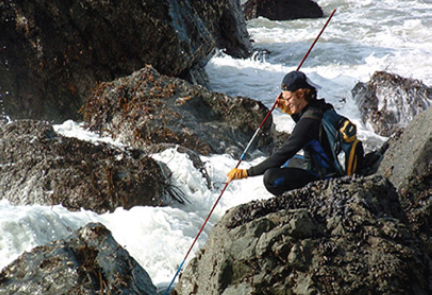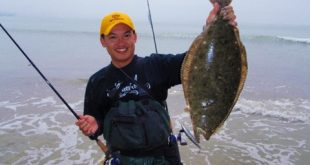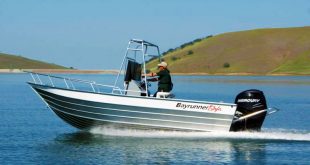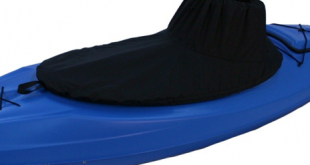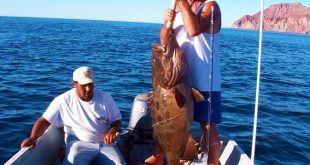 Using some type of stick with a tethered bait attached to catch various marine species like crustaceans, eels and the inshore fishes that live within rocky intertidal zones is a practice that dates back to primeval times. Over the centuries, coastal Indians along the Pacific coast and Hawaiian locals have become particularly adept at this type of fishing technique, which has come to be known as ‘poke poling’.
Using some type of stick with a tethered bait attached to catch various marine species like crustaceans, eels and the inshore fishes that live within rocky intertidal zones is a practice that dates back to primeval times. Over the centuries, coastal Indians along the Pacific coast and Hawaiian locals have become particularly adept at this type of fishing technique, which has come to be known as ‘poke poling’.
In addition to finding suitable rocky terrain along Baja’s volcanic coast to fish, successful poke poling relies heavily upon tidal movement, and is particularly effective during periods of minus tides. The idea is to reach points that lie between the prevailing high and low tide marks at the lowest point on any given day. The few of the species that are generally available to poke pole anglers on the Pacific coast include rock cod, cabezon, lingcod, kelp greenling, moray eels and a variety of rock crabs.
Unlike other types of fishing tackle, poke pole rigs are not usually for sale on the open market unless they are homemade. The good news is that it is rather easy to make one yourself. Simply find a piece of doweling or sturdy bamboo about 4 feet long and securely attach a 5 to 6 inch length of 40 pound test monofilament leader with a 3/0 to 4/0 octopus hook to the terminal end, and your new poke pole is ready to use.
When it comes to bait, one of the most universally effective offerings is cut squid. It is easy to use and economical, but one of its best features is its toughness and ability to stay on the hook even after it has been bit. Other good baits are chunks of the various types of shellfish living right on the rocks where you are fishing. These include limpets, mussels, abalone and other types of sea snail.
As you carefully head out toward the breakers, look for slightly submerged holes, crevices, cracks and small caves in the intertidal zone as places to drop a bait. Allow it to dangle down in front of potential hiding spots and slowly move it around in the area so that it appears to have been washed in by the tide. This is often when a fish, eel or crab will fly out and inhale it. When this occurs, set the hook and immediately pull upward on your pole to free your catch from its rocky home.
After a few hours of low tide, the water begins to rise to a level that makes a poke pole no longer practical to use as a tool for fishing. But by that time, most anglers have had a chance to get what they were going after; a variety of exotic delights from the sea that can be taken home and enjoyed in a number of tasty ways.
 Baja Review A community newspaper serving Ensenada, Valle de Guadalupe, and Rosarito in Northern Baja California
Baja Review A community newspaper serving Ensenada, Valle de Guadalupe, and Rosarito in Northern Baja California
